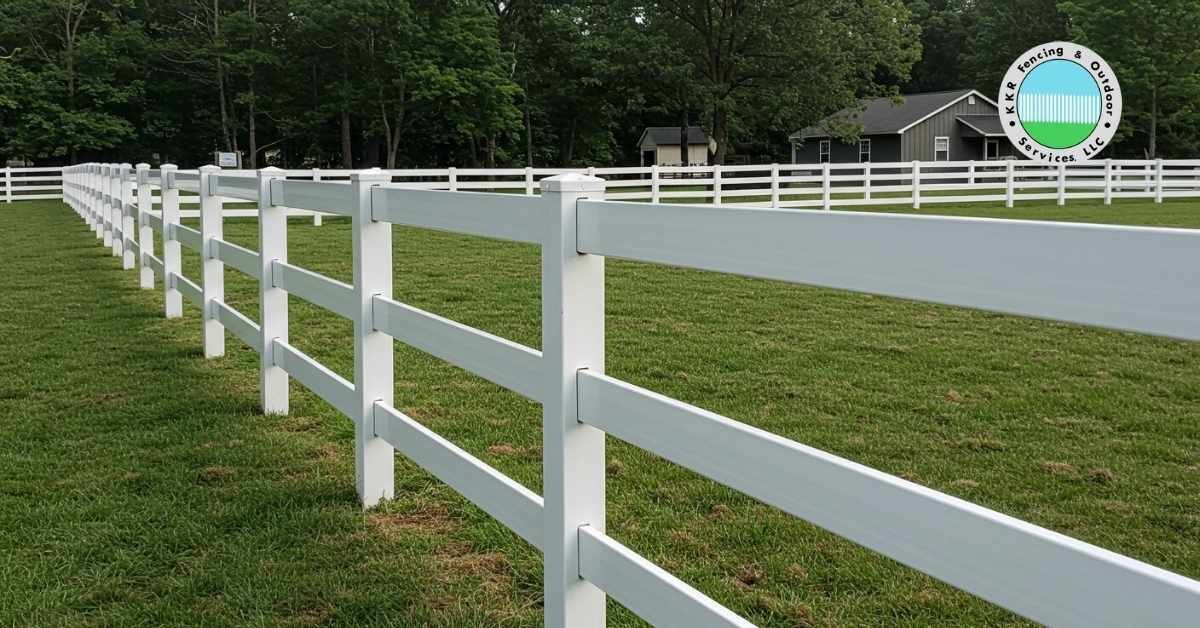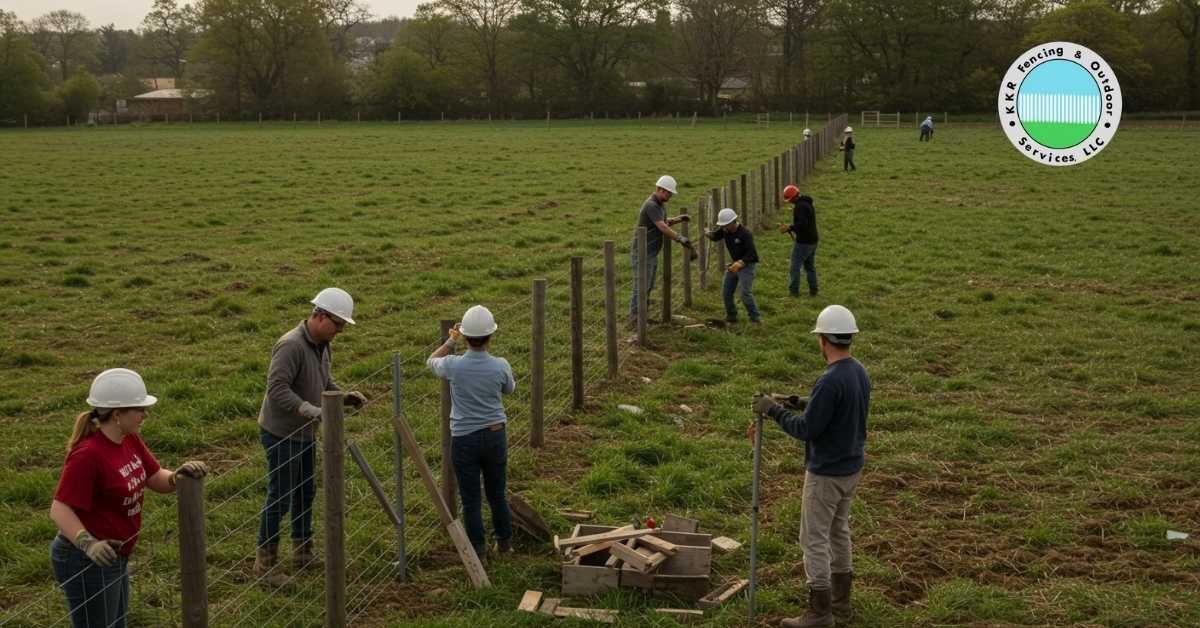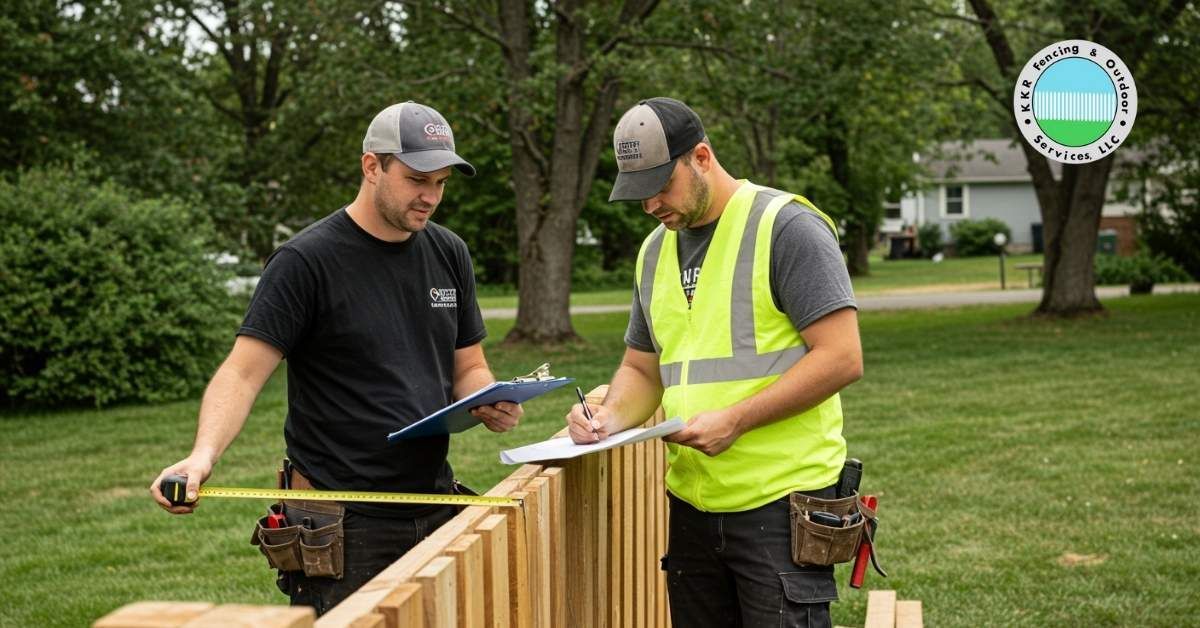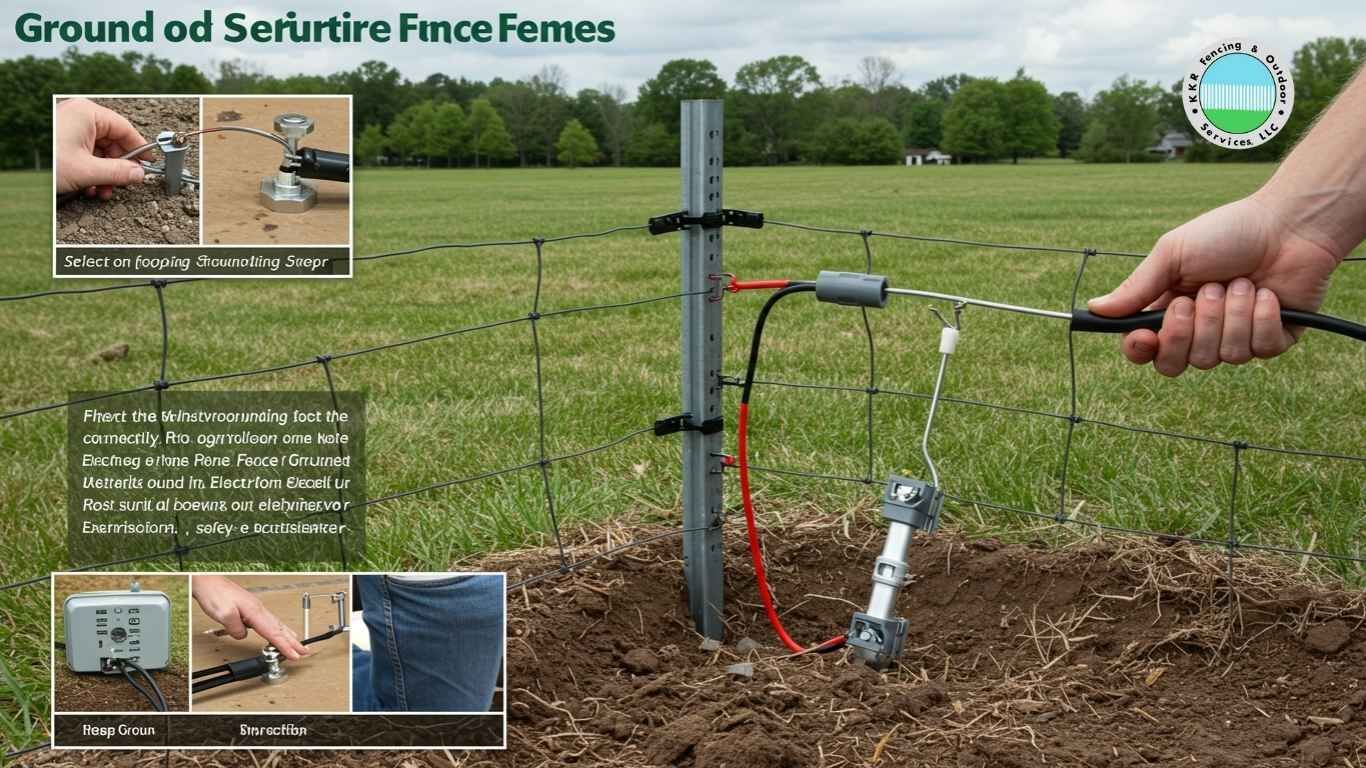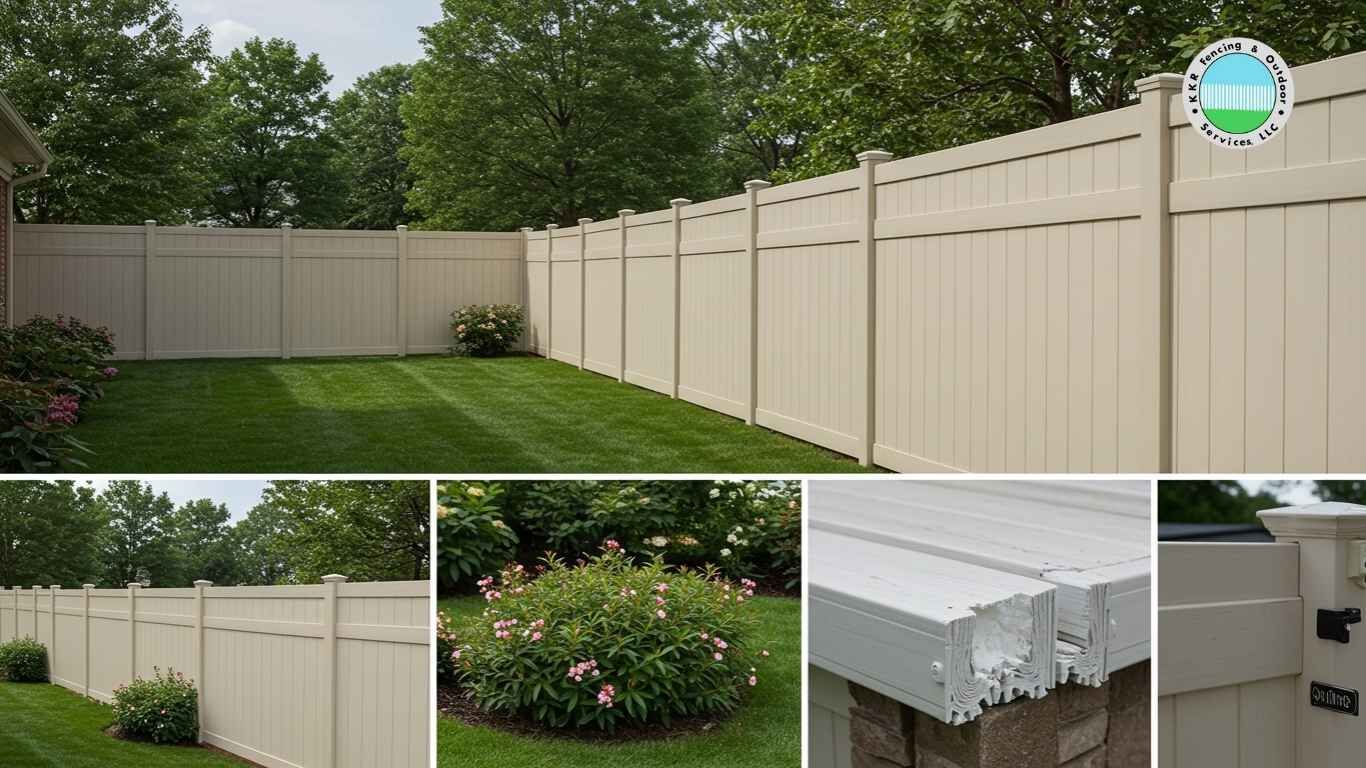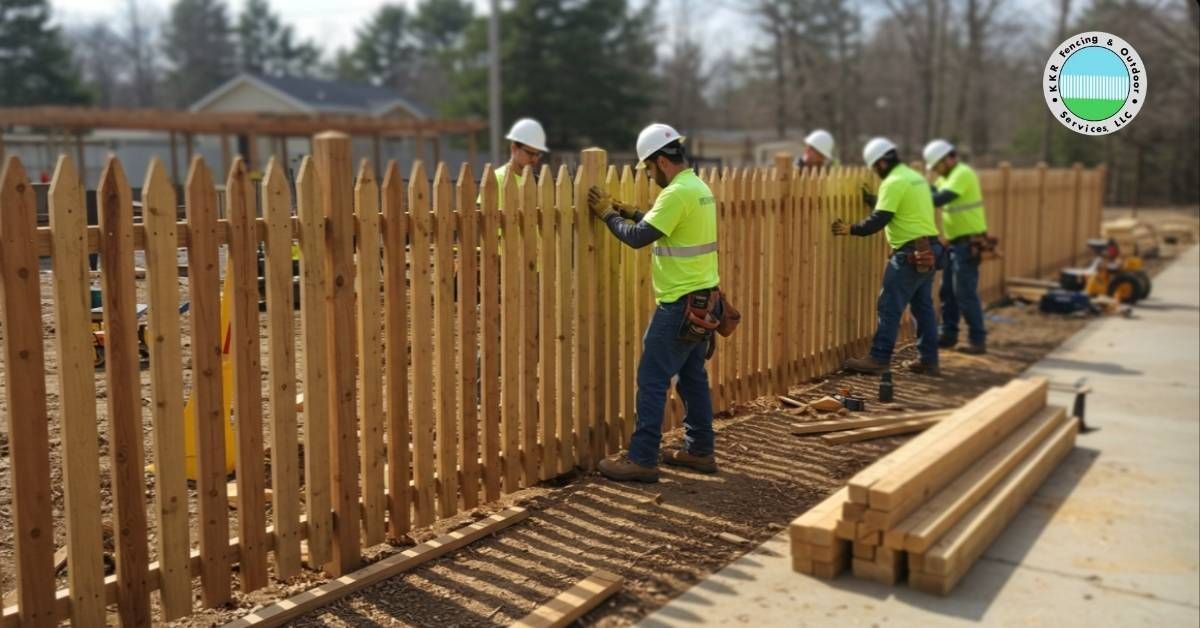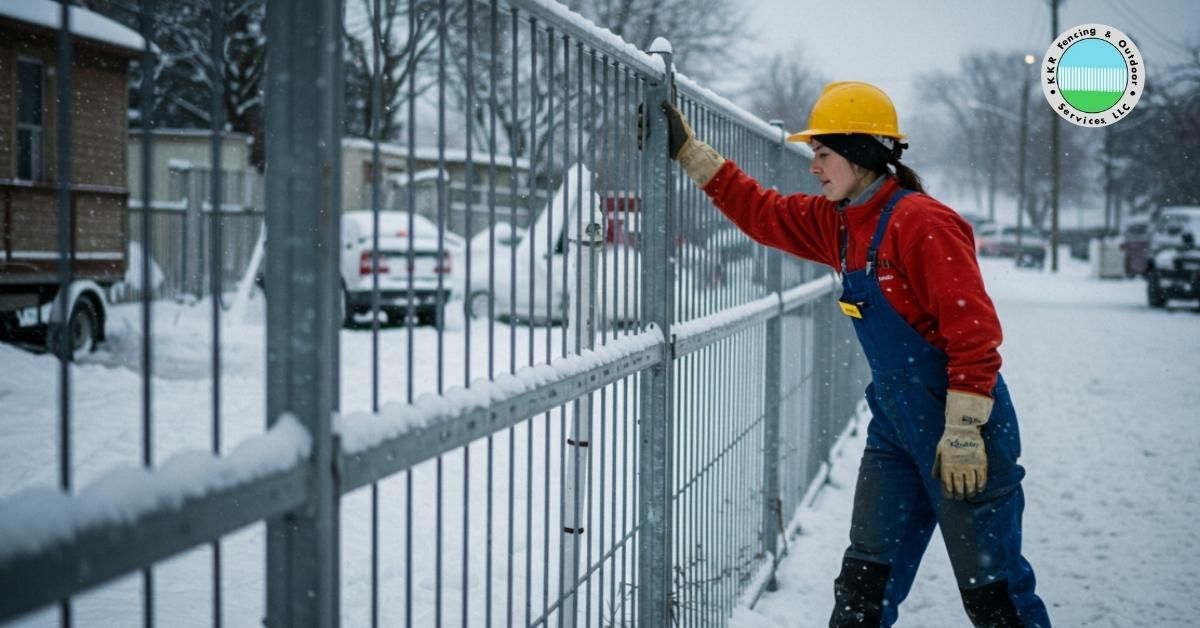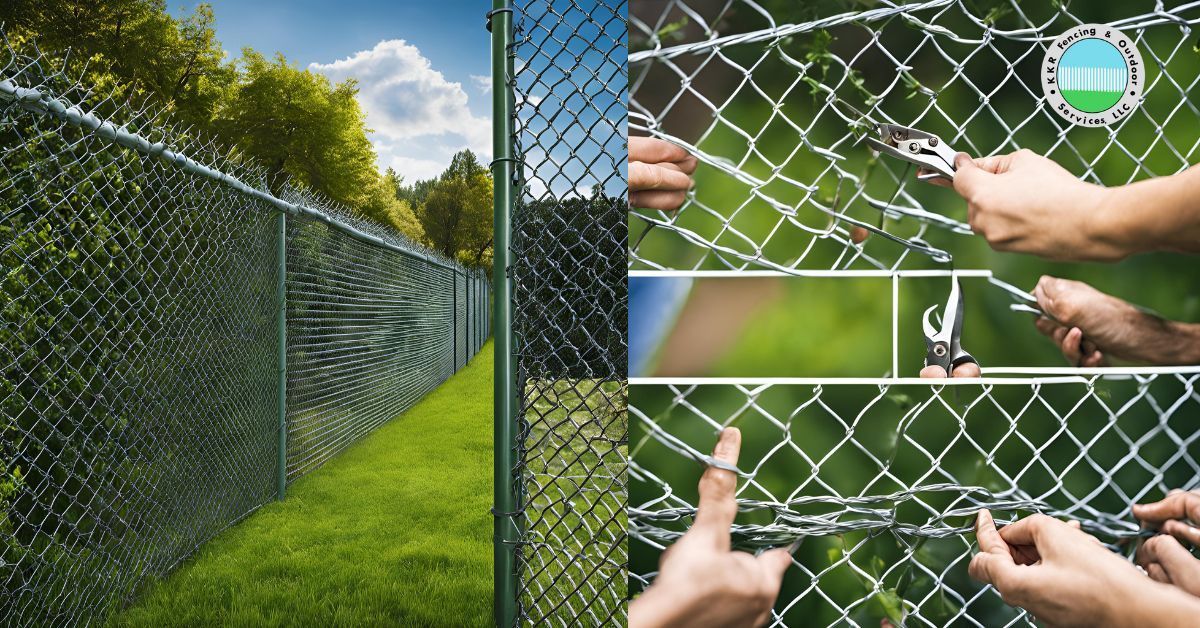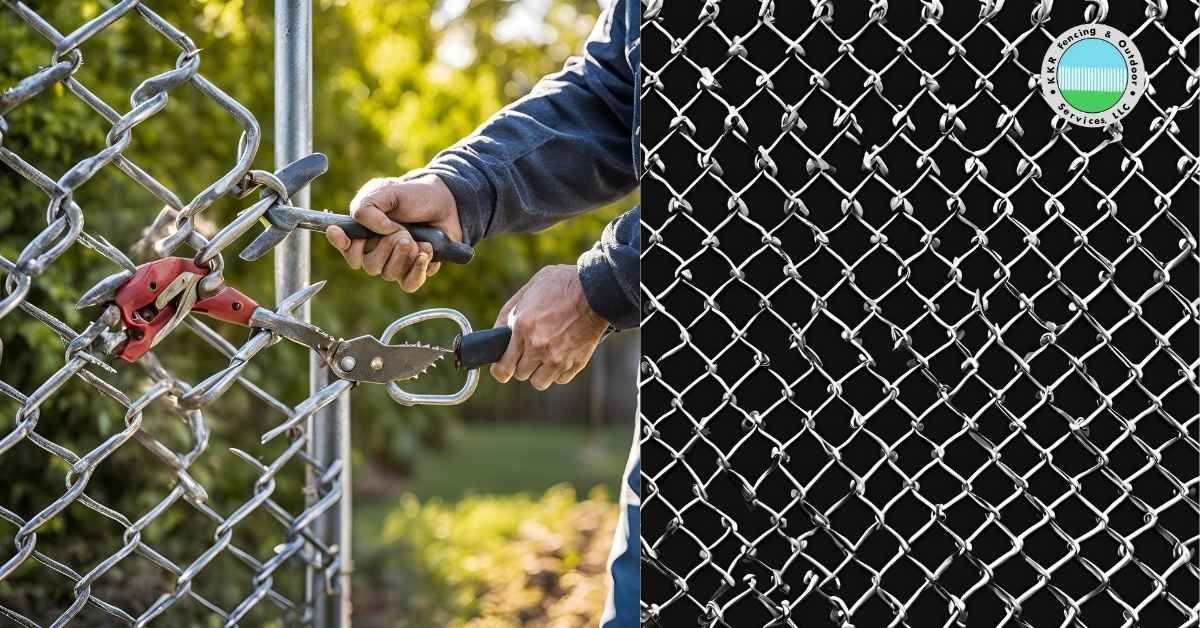How Long Does A Wood Fence Last
When it comes to fencing options for your property, understanding the longevity and maintenance requirements is crucial. Wood fences are a beautiful addition to any home, offering privacy, charm, and a natural aesthetic. However, their durability depends on various factors. This article delves into how long a wood fence lasts, factors affecting its lifespan, and alternative materials that might better suit your needs.
A high-quality wood fence, with proper maintenance and care, can last up to 20 years, making it a durable and aesthetically pleasing choice for homeowners.
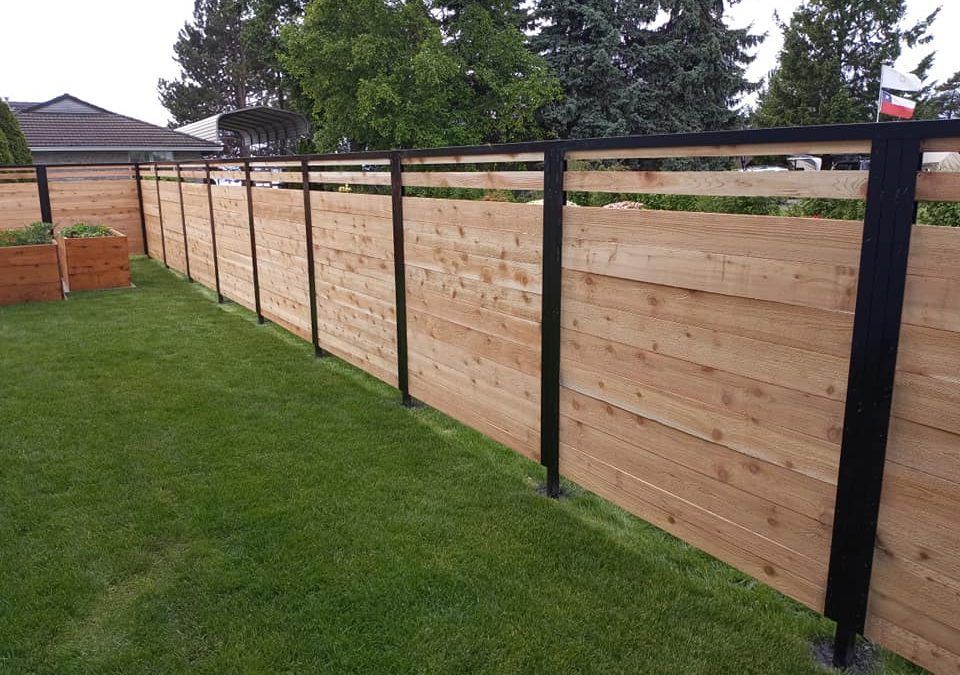
Factors Affecting the Longevity of Wood Fences
Climate Impact
The climate in which you live plays a significant role in the longevity of your wood fence. Humid and rainy conditions can accelerate rot and decay, while dry climates can cause the wood to crack and split. It's essential to consider your local weather patterns when choosing wood for your fence. In areas with harsh winters, the freeze-thaw cycle can also stress the wood, leading to cracks and warping.
Material Quality
The type of wood used for your fence greatly influences its lifespan. Cedar, redwood, and Douglas fir are popular choices due to their natural resistance to decay and insects. Pressure-treated wood is also a common option as it is treated with chemicals to resist rot and pests, further extending its lifespan. High-quality wood will have fewer knots and defects, contributing to its durability.
Maintenance Practices
Regular maintenance is key to prolonging the life of your wood fence. This includes annual inspections, timely repairs, and proper cleaning and sealing. Neglecting these practices can significantly shorten the fence's lifespan. It's important to address any minor issues promptly before they become major problems, ensuring that your fence remains sturdy and visually appealing for years.
Annual Maintenance Tips
Inspection and Repairs
At least once a year, walk around the perimeter of your fence and check for any signs of damage such as rotting, cracking, warping boards, failing posts, or loose nails. Promptly repair or replace any trouble areas to prevent further damage, especially before harsh weather conditions like storms. Regular inspections help identify potential problems early, allowing for cost-effective repairs and extending the life of your fence.
Preventing Plant Damage
Ensure that vines, shrubbery, and tree roots are kept away from your fence. These plants can contribute to rot by trapping moisture against the wood. Avoid laying beauty bark against the base of your fence as it also traps moisture and increases the likelihood of rot. Additionally, trimming back any overhanging branches can prevent them from falling and damaging the fence during storms.
Cleaning and Sealing
Every few years, thoroughly clean your wood fence using a pressure washer to remove built-up grime and dirt. After cleaning, immediately reseal the fence with a high-quality paint or sealant. This not only adds years to the fence's life but also keeps it looking brand new. Sealing protects the wood from moisture, UV rays, and other environmental factors that can cause deterioration.
Pest Control Measures
Common Pests
In certain regions, pests like termites, powder post beetles, and carpenter ants can severely damage wood fences. These insects either eat the wood or use it as a nesting site, causing structural integrity issues over time. Understanding the types of pests in your area can help you take preventive measures to protect your fence.
Identification and Prevention
Termites are most common in moist environments and can often be found at the base of fence posts. Powder post beetles leave a fine powder near their nests and prefer untreated wood. Carpenter ants don't eat wood but nest in it, making any rotting sections of your fence particularly vulnerable. Regular inspections can help you identify early signs of infestation, such as hollow-sounding wood, fine sawdust, or visible insects.
Treatment Options
To deal with these pests, consult a pest control company, set bait traps, spray insecticides, or consider replacing heavily infested sections. Regularly sealing and maintaining the fence can also help deter these pests. It's important to address pest issues promptly to prevent extensive damage and costly repairs.
Material Quality and Lifespan
Old Growth vs. New Growth Wood
Historically, wood fences were made from "Old Growth" trees, which were more stable and durable. Today, most wood comes from "New Growth" trees, which are harvested more quickly and are less stable, making them more susceptible to rot and pests. Old Growth wood had denser fibers, making it more resistant to the elements and pests.
Grading and Quality Issues
Wood grading, established by the American Lumber Standard Committee, affects the quality and longevity of your fence. Higher grades mean fewer knots and defects. Unfortunately, modern mass production often leads to lower quality, with thinner cuts and more defects slipping through. It's important to select the best possible grade for your fence to ensure its longevity.
Pressure-Treated Wood Lifespan
Pressure-treated wood, although designed to last longer, still faces challenges due to declining quality. While traditionally lasting up to 20 years, some pressure-treated posts fail within five years due to the use of younger, less stable trees. Proper maintenance and periodic sealing can help extend the lifespan of pressure-treated wood.
Alternatives to Wood Fences
Vinyl Fencing
Vinyl fencing is a popular alternative due to its low maintenance and impressive longevity. It doesn't rot, warp, or splinter and is resistant to pests. With a lifespan of 15 years or more, vinyl is a durable option. Vinyl fencing is available in various styles and colors, making it a versatile choice for many homeowners.
Metal Fencing
Metal fences, such as aluminum or steel, are known for their strength and longevity. Resistant to weathering, pests, and rot, metal fences can last 15 years or more with proper care. Metal fencing is often used for its durability and modern aesthetic, offering a sleek look while providing security.
Composite Fencing
Composite fences combine wood fibers and recycled plastics, offering the natural look of wood with enhanced durability. They are resistant to rot, insects, and harsh weather conditions, typically lasting 20 to 25 years. Composite fencing requires minimal maintenance and is available in a variety of styles, making it an attractive and long-lasting option.
Conclusion
Maximizing the lifespan of your wood fence involves understanding the factors that affect its durability and implementing proper maintenance practices. While wood fences offer a classic aesthetic, alternatives like vinyl, metal, and composite materials provide longer-lasting, low-maintenance options. Choosing the right material and maintaining it well ensures your fence adds value and beauty to your property for years to come.
FAQ Section
How often do wood fences need to be replaced?
A high-quality wooden fence that's well cared for can last up to 20 years. Regular inspections and maintenance are crucial to achieving this lifespan. By addressing issues promptly and ensuring the fence is clean and sealed, you can extend its life significantly.
What is the average life of a wood fence?
The average lifespan of a pressure-treated wooden fence is about 15 to 20 years. Around the 15-year mark, homeowners often notice aesthetic declines, such as rotting and splitting. Regular maintenance can help mitigate these issues and prolong the fence's lifespan.
How long will a wood fence last without staining?
Without proper staining, a pressure-treated pine wood fence can last up to 15 to 20 years. However, regular staining with a protective product significantly extends its lifespan. Cedar fences can last between 15 and 30 years without staining, but staining provides added protection and longevity.
How long will untreated wood last on a fence?
Untreated wood deteriorates quickly, often within just a few years, due to lack of protective chemical preservatives. It is more susceptible to damage from the elements and pests. Using treated wood and applying protective coatings can greatly extend the life of a wood fence.
How often do you have to seal a wood fence?
It's recommended to seal a wood fence every couple of years. Cleaning off dirt and debris and applying a new coat of sealer will protect the fence and extend its lifespan. Sealing helps to prevent moisture from penetrating the wood, reducing the risk of rot and decay.
Does a wood fence increase home value?
Yes, a well-maintained wood fence can increase the curb appeal and value of your home. It adds a sense of privacy and security, which are desirable features for many potential homebuyers. The aesthetic appeal of a wood fence can enhance the overall look of your property, making it more attractive to buyers.
What style of wood fence lasts longest?
Styles that allow for proper airflow, such as spaced picket or shadowbox fences, tend to last longer because they reduce moisture buildup. Using high-quality wood and ensuring proper installation are also key factors in the longevity of the fence. Regular maintenance and choosing a style that suits your climate and environment will help ensure your fence lasts as long as possible.
How do you prolong the life of a wooden fence?
Regular maintenance, including cleaning, sealing, and inspecting for damage, is essential. Keeping plants and moisture away from the fence, addressing pest issues promptly, and using high-quality materials also contribute to a longer lifespan. Taking proactive steps to protect your fence from environmental factors and wear will help it last longer and remain in good condition.
What are the cons of a wooden fence?
Wood fences require regular maintenance, are susceptible to rot and pest damage, and have a shorter lifespan compared to materials like vinyl or metal. They can also be more expensive to maintain over time. Despite these drawbacks, many homeowners prefer the natural look and charm of a wood fence, making it a popular choice for residential properties.
For reliable fencing services in New York, visit KKR Fencing NY.
If you’re looking to enhance your website’s SEO, connect with our partners at Pro Growe.
